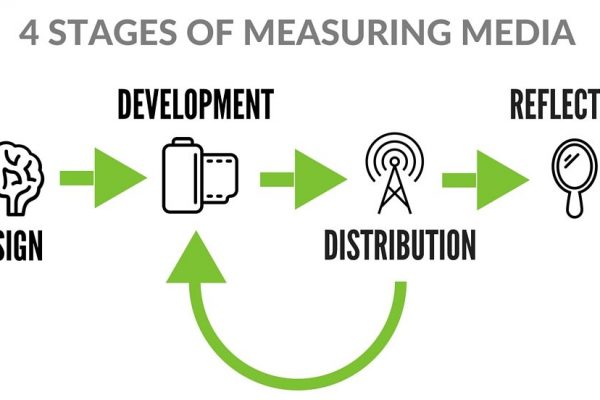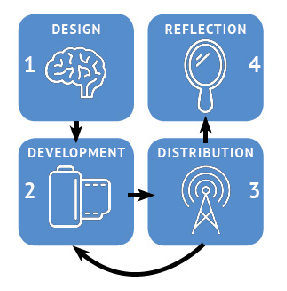How Media Affects Social Change
I’ve been an evaluator for over 25 years and, over the last several years, have done a deep dive into the world of media, its role in communities, and how it can contribute to social and community change. This is the first of a series of posts I’ll be leading in the area of media – some driven by my own questions, but many driven by the thoughts of individuals and clients with whom I work. I’ll set the stage by talking a bit about the transformation of media in the public sector and how media can affect change.
Media’s Transformation in the Public Sector
Media, and more importantly its ability to reach the public and provide commentary, has been present ever since the existence of a town crier. The tradition of oration has evolved to broadsheet, books, radio, television, and now, to the digital age. With each incremental step, media has become more accessible to both the public as well as to people who wish to present a thought, message, or idea.
The advent of digital production and distribution has not only increased accessibility, but also shifted some of the power and funding streams of “traditional media” (e.g., newspaper, radio, television). Production and distribution are no longer the sole domain of larger companies. With the proliferation of digital platforms such as YouTube, Hulu, Amazon, Apple, Google, Facebook, and Twitter, the methods by which content reaches audiences are no longer dominated by 20th century platforms – newspaper, radio, and television. We find ourselves in a time where, for a relatively low budget, media can be produced and distributed to both large and small target audiences.
Because of this evolution, it has become cost effective to transition away from broad brush, large volume content development and distribution to targeted “campaigns” focused on specific messages and outcomes, even for large media outlets. Purchasers of media are becoming savvier, not only securing access to specific audiences, but combining platforms to ensure their content reaches the right people at the right time in the right “dosage” to communicate their message and affect their desired outcomes.
You’ll note that I used the term “outcome” twice in the paragraph above. You may substitute the term “result,” but I prefer “outcome,” especially when thinking about the public sector and organizations that we traditionally think engage in this environment.
How Media Can Affect Change
With a more integrated, customized approach to media – through both production and distribution – how exactly can media affect change (that is, influence an audience)? When we think about for-profit media, we often think of commercials and the desired outcome being the audience purchasing some service or product. It can be thought of the same way in the public sector, where media is used to incite some sort of behavior as well. In my work over the years with Jack Galmiche, who was a pioneering advocate for positive change in public media and the former President and CEO of the Nine Network of Public Media, we think of the end product or outcome as “action” or “mobilization” to do something.
Our work revealed that media influences an audience (i.e., affects change) through a flow, illustrated in the diagram below.

While this work isn’t groundbreaking, with other researchers (such as Learning For Action in their report Deepening Engagement for Lasting Impact) having identified similar influences of media, we were able to clarify and expand on the notion of what traditionally has been called “engagement” to be divided into two core elements – “understanding” and “emotional connectedness.” This nuance allows for the delivery of content that can better aid the process of moving audiences through the flow to a downstream impact (with “impact” being an action or mobilization). Our understanding is that people must both understand the issue (and associated solutions) and be emotionally connected to the issue before they act.
Media audiences start at various points along the flow. Some might be aware of the issue or topic being presented. Others may have some understanding. However, content can individually and collectively (as part of a campaign) serve to affect an increase in audience understanding and help foster an emotional connection between the audience and the issue being presented. By understanding where your audience members are in the flow, targeted content can be generated and disseminated to move them along.
When considering broadcast media, content tends to reach a more general audience, which could have groups of people at various points in the flow. Understanding where the audience is prior to development of content is important, as well as where they move throughout a campaign. By being able to track this data, distributors of media content are able to improve efficiency and effectiveness of content development and distribution, testing and tying content to moving segments of the audience along the flow.
Evaluation, like the work I did with Jack at Nine as well as work done by other organizations, helps inform the development and dissemination process as well as test the effects down the road. Stay tuned as we define and discuss outcomes in greater depth as well as start sharing how evaluation can be leveraged to support public media work.
Want to learn more about media evaluation services & tools? Email the author Charles Gasper: cgasper@tccgrp.com.



